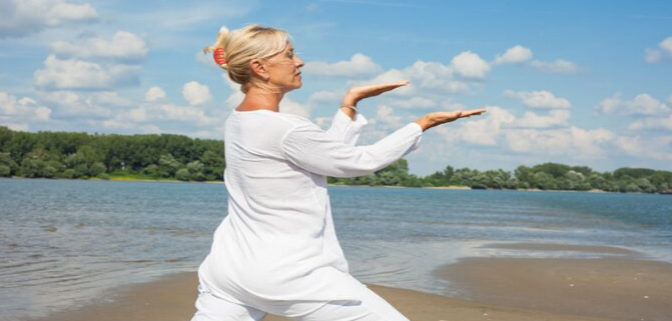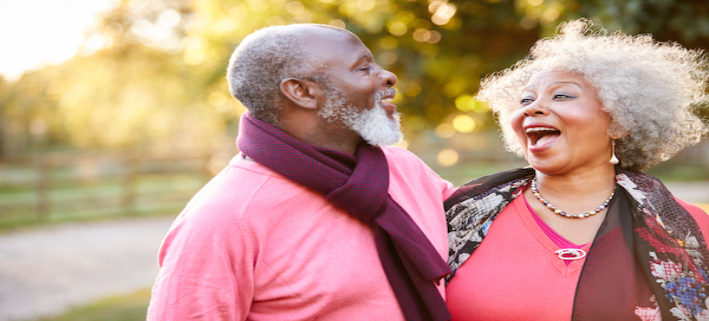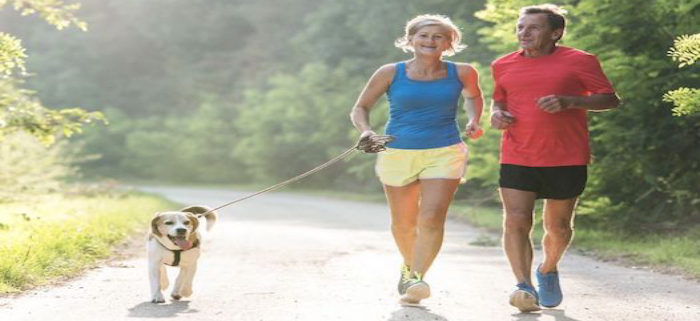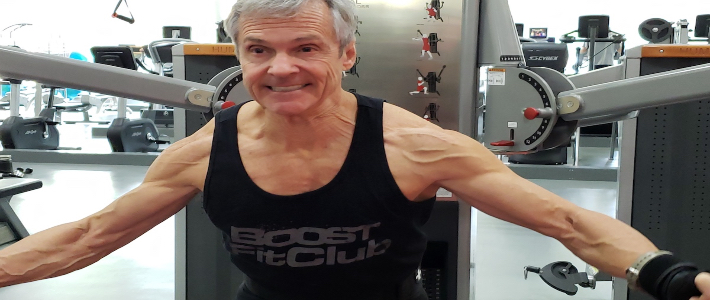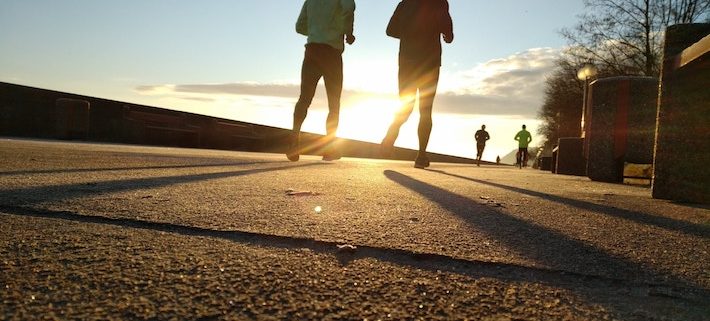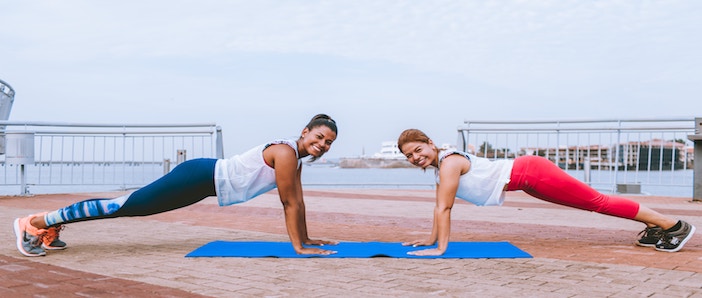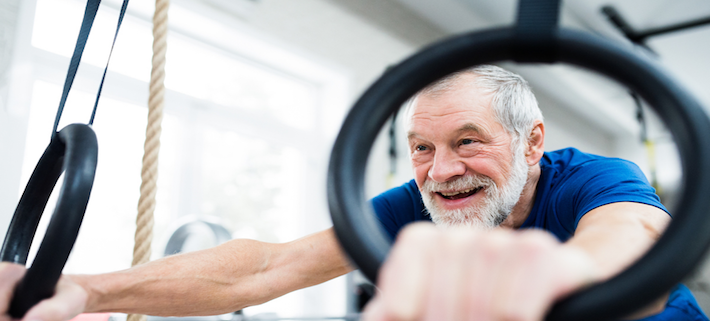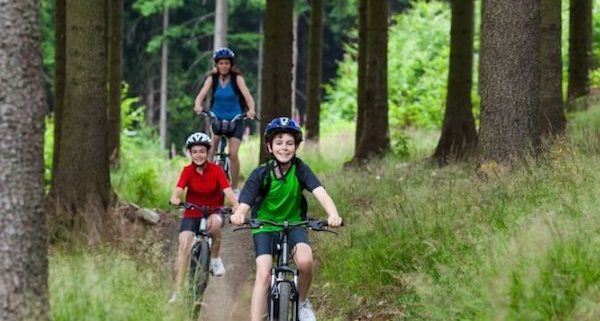The link between exercise and improved quality of life is undeniable. Exercising is empirically-supported with its contributions to weight loss, sleep, longevity, brain function and appearance.
1. Exercising boosts and stabilizes mood.
More than 18% of the American population suffers from anxiety disorders. More than 16% of adults ages 18 and up suffer from depression. With both prescription and illicit drug use on the rise, there is one research-supported remedy that delivers known benefits with zero side effects, and that is exercising. Exercising also boosts the body’s production of endorphins, which promote positive mood, feelings of wellbeing and mental calm, easing anxiety. Moving the body, getting the heart rate up and increasing oxygen intake benefit mood on both a biological and psychological level.
2. Exercising is a natural detoxifier for skin and body wellness.
Research shows that physical activity guards against oxidative cell damage. Studies also support the role of exercising in stimulating blood flow, circulation and rejuvenation to the skin’s surface.
3. Exercising improves energy levels naturally.
Physical activity is a natural energy boost that has no concerning side effects and brings a multitude of desirable benefits. In the Journal of Medical Science, Sports and Exercise, research showed a positive correlation between energy levels and regular physical activity. This was done over a 10 to 20-week period for people suffering from chronic fatiguing conditions.
4. Exercising strengthens the muscles and bones.
Maintaining good physical fitness also guards against osteopenia and osteoporosis later in life by creating stronger bones.
5. Exercising supports weight loss and weight maintenance.
Inactivity is the number one trigger for weight gain, over and above dietary choices or other lifestyle habits. Knowing precisely what to do to begin seeing results quickly can potentially improve achievement of weight loss and ideal body weight maintenance.
6. Exercising reduces risk for serious disease later in life.
Physical inactivity or a sedentary lifestyle can interfere with proper organ function, blood sugar, metabolism, cognitive function, bone and muscle strength. This is linked to more than 35 major chronic diseases. A study in the Annals of Internal Medicine found that exercising regularly diminished risk for diabetes and helped stabilize and normalize blood sugar and increase insulin sensitivity.
7. Exercising contributes to cognitive function and memory retention.
More than 50 million people worldwide are affected by some form of dementia, including Alzheimer’s and vascular dementia. There is one preventative action that everyone can take that has been proven to guard against all three: physical activity.Getting the heart rate up, moving the body, improving muscle tone and maintaining weight are all keys to staying healthier. Coming soon to Vision Fitness and Wellness brain coaching sessions! Keep a lookout for updates.
8. Exercising promotes improved sleep quantity and quality.
The National Sleep Foundation (NSF) reports that a full 45 percent of adults do not get enough sleep at night on a regular basis. There is a remedy that can promote natural, restful, nightly sleep of both sufficient quality and quantity. That remedy is physical activity. In one comprehensive review of available research literature linking physical activity and sleep, the data was compellingly clear: the two are naturally linked. For those who suffer from chronic insomnia that has not responded positively to other remedies.
9. Exercising helps to control chronic pain conditions.
Chronic pain is so common among adults today it accounts for more complaints annually than do cases of cancer, diabetes or heart disease. Data from the Centers for Disease Control (CDC) indicates it may be the most commonly reported reason for seeking medical care. One known effective aid to easing chronic pain is exercising. A summary of research data published by the NIH indicated that regular ongoing physical activity can have a positive impact on quality of life by reducing chronic pain.
10. Exercising delays the natural aging process.
Preventative Medicine recently reported exciting research that regularly exercising is one of the ways to keep telomere length from shrinking as people age (longer telomeres is now equated to longer life).

